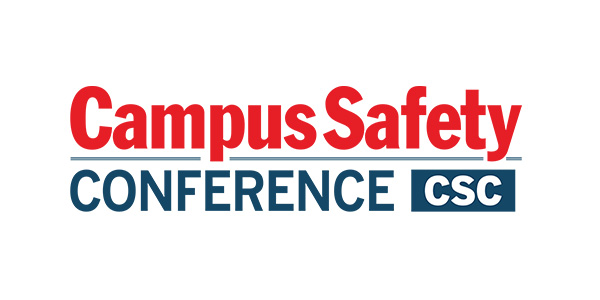Elevating the Expectations
Modern risks and hazards have prompted the fire protection industry to reevaluate its two main objectives: to reduce the loss of life and limit property losses from fire. The industry needs to create systems that will perform in various types of emergencies, including fire, natural disasters, terrorist attacks and hazardous
material releases. These systems, known as mass notification systems (MNS), need to provide clear instructions during emergencies through different building communication systems to increase emergency management effectiveness.
So how do today’s addressable fire and life-safety systems evolve into mass notification?
In actuality, fire alarm systems incorporating voice communications capabilities have been used for decades to provide mass notification to building occupants of fire conditions, as well as other emergencies, such as severe weather alerts and chemical spills.
Existing codes, standards and regulations define the reliability of fire detection systems. That reliability makes those systems highly effective as platforms for mass notification. The rules, testing procedures and installation practices are established. In addition, the first responders are already familiar with the fire detection equipment, many with years of hands-on experience.
Some fire and life-safety systems have expanded capabilities in which their voice messaging incorporates mass notification features. The system has the ability, via local- or wide-area networks or the Internet, to send real-time emergency messages to multiple remote locations simultaneously. In essence, workstations that are connected to the fire and life-safety system can send emergency messages to one or many sources.
A wide variety of technologies and devices can be integrated into an MNS, including amplifiers, speakers, electronic digital message displays (all monitored for integrity), computer interfaces (e-blast and pop-up messaging), reverse 911, commercial radio broadcast, cable TV, PDAs, cell phones, and pagers. Some solutions use wireless or fiber-optic networks capable of simultaneously transmitting audio and digital communications over a single fiber-optic strand.
Fire and life-safety systems are becoming more flexible, efficient and responsive. A broad range of technical devices is available to monitor diverse environments and send precise information to a common station where an emergency response plan can be initiated, if necessary. Voice instructions can be broadcast to eliminate ambiguity and prevent confusion and panic. These factors combine to save lives and protect property in today’s most sophisticated and diverse structures.







